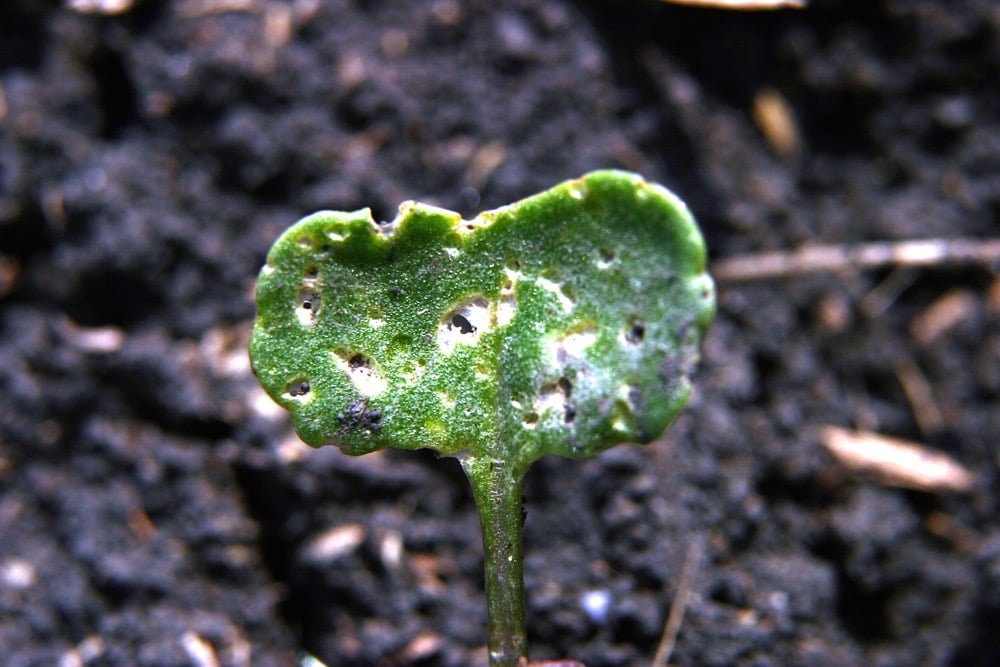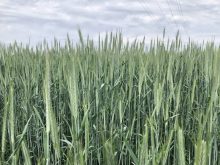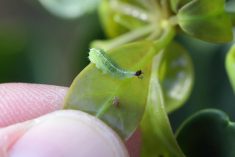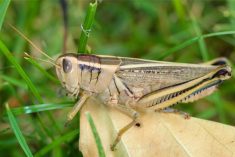All things being equal, you want to come out of the season with as much of the plant stand you came in with. However, heavy flea beetle pressure during the cotyledon to the first or second true-leaf stage can take a big bite out your final yield.
The secret to success in dealing with flea beetles is to get out and scout your fields so that you can keep tabs on how the insect pressure is intensifying. You might be seeing lots of shot holes and bite marks on the plants even if you’re getting only five to 10 per cent defoliation early on.
Read Also

Claas brings 1000 Series SP forage harvesters to Canada
In mid-August, Claas unveiled its new line of Jaguar forage harvesters at an event in Visalia, California, deep in the heart of that state’s dairy region.
In general, the critical threshold that you’ll want to watch for is 25 per cent defoliation. Once you hit that point, get in and apply a foliar insecticide.
High in-season flea beetle pressure also brings to mind why it’s so important to achieve good, even plant stands at the beginning of the season. The more plants you have per square meter of soil, the better your crop will be able to absorb that early insect pressure and push past into the later growth stages.
This agronomy tip is brought to you by David Forster, agronomic service representative, Saskatchewan North, with Syngenta Canada Inc.















